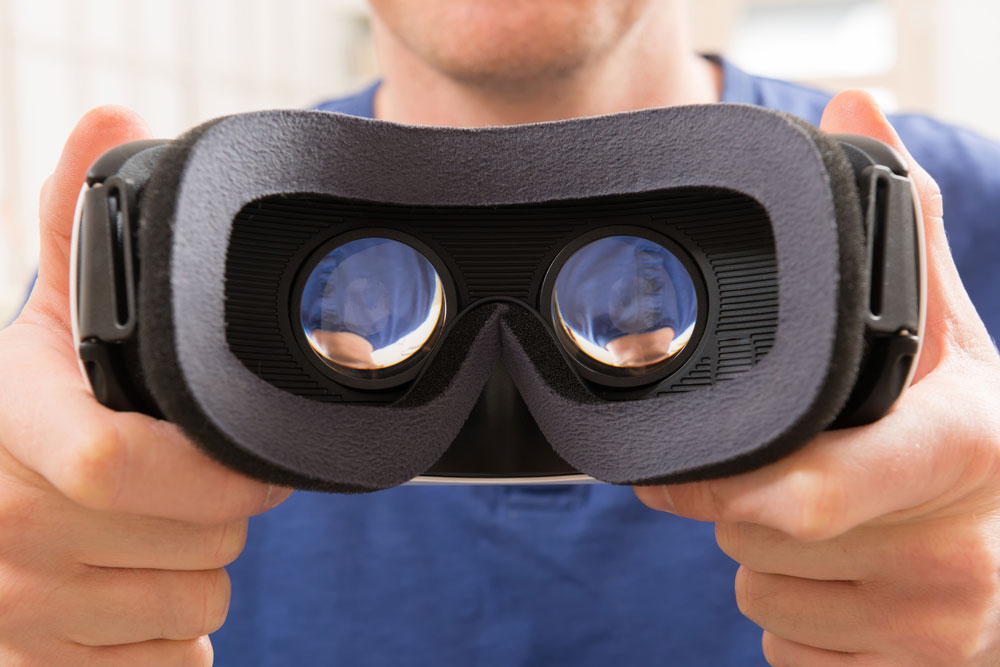neutral cues.
“Virtual reality thus shows an interesting potential in the improvement of actual assessment of craving in SUDs,” the study stated. “VR is a flexible and controllable tool in the sense that cues can easily be modified to certain patients’ requirements or conditions. This specificity of environments and avatars thus holds great promise for the development of individualized care and treatment in SUDs.”
What separates VR therapy from traditional environments is context, according to Bordnick. VR technology bridges the gap by creating real world scenarios patients can be guided through.
This type of therapy can be beneficial for many people seeking treatment but are unwilling to participate in traditional talk-therapy environments.
“Traditional approaches to assessing and treating addictions consist of therapists conducting sessions in an office, using role-playing to teach skills, but this method lacks context,” Bordnick admitted. “Virtual reality bridges the gap. [The] coping skills learned in these environments carry over to the real world.”
Bordnick and his team plan to expand their VR technology to address other public health issues like alcohol abuse and post-traumatic stress disorder.
















